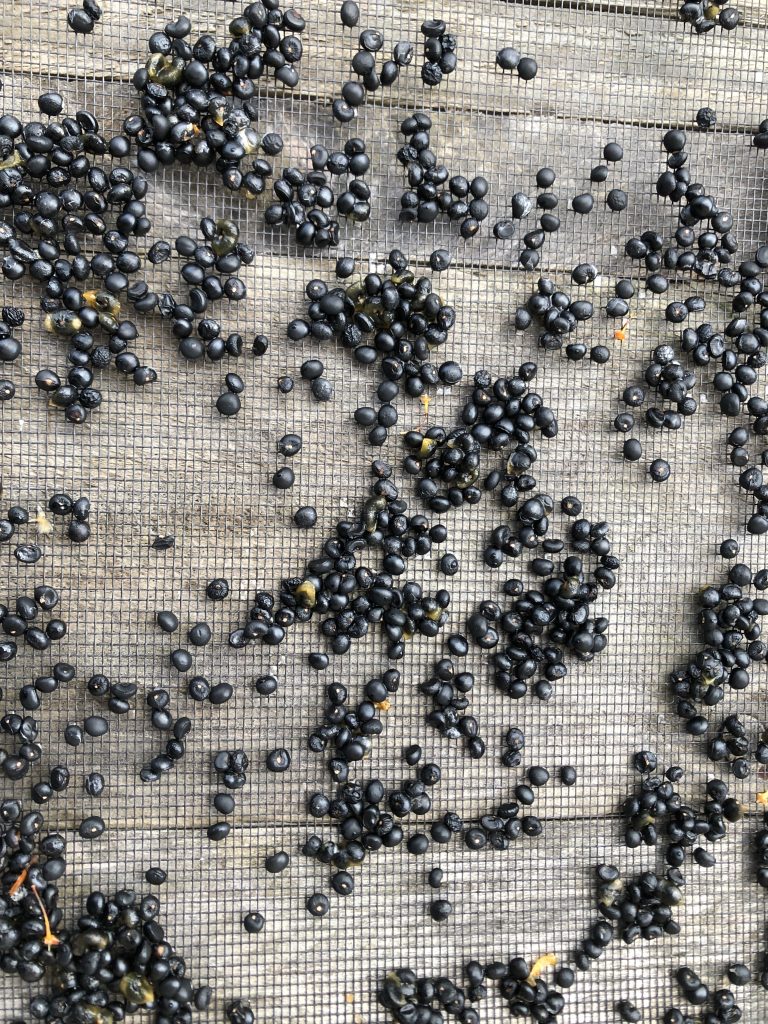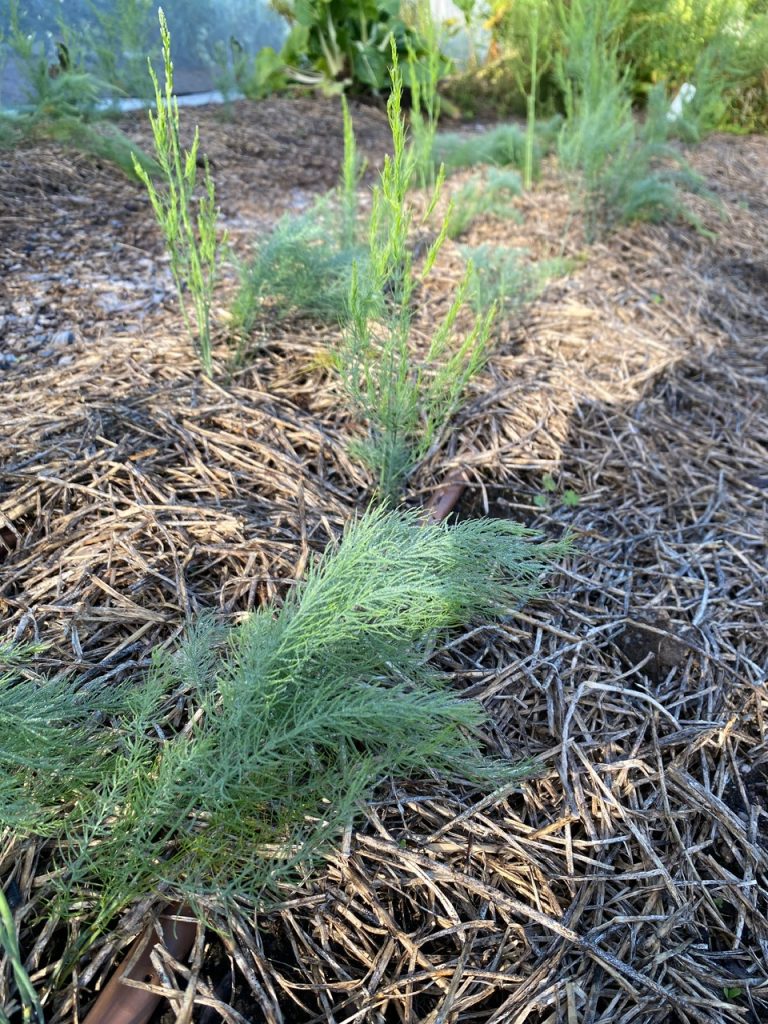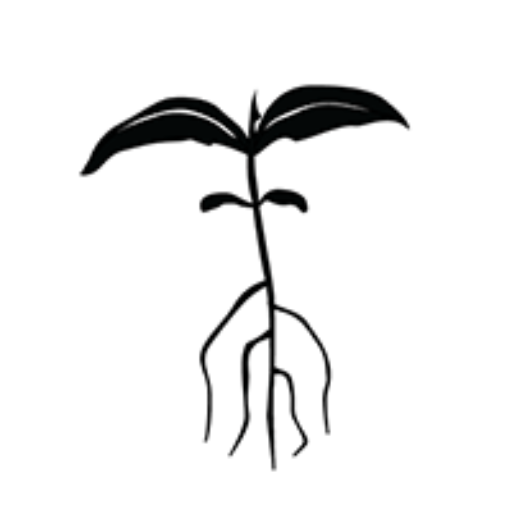Botanical name : Asparagus officinalis
Common name : Asparagus
Intermediate difficulty for seed saving
Lifecycle: perennial
Pollination: Insect pollinated
Mating system: Dioecious. Separate plants produce pollen from those that produce fruit.
Suggested spacing: Same as for eating production.
Seed specific requirements: None
Isolation distance: 250 metres
Population size: 10 or more plants. Ensure enough fruiting plants.
Seed maturity: Seed is mature when the berries turn red
Processing method: Mash berries and decant excess material leaving good seeds at the bottom
Expected seed viability: 2 years
Images


![Asparagus spears as harvested for eating. [photo: BVSS/AVT]](https://www.seedsavers.org.au/wp-content/uploads/2022/01/Events-1154-1024x768.jpg)
Growing for seed
As asparagus is insect pollinated different varieties need to be kept at least 250 metres apart. These perennial plants are grown in the same manner whether for eating or for seed. After being harvested for the kitchen for 6 to 10 weeks in early spring they are usually left to grow mature fronds to feed their root system for next season’s crop. As the fronds mature, if there is a mix of both fruiting and pollen producing plant types, berries will appear on the fruiting plants. Fronds are left to mature as usual for eating.
Selection
As asparagus is a perennial it is more difficult to remove plants entirely from the system if they do not meet the selection criteria for that variety, but they should still be removed from the gene pool.
Selection is usually on spear colour but there may be other traits to be considered for specific varieties.
Diseases & Pests
Berries are very attractive to birds who can decimate a seed crop. They are also the main vector for spreading seed into wilderness areas where asparagus can easily become weedy. Placing fine drape nets over maturing fronds can avoid these outcomes.
Harvest
Whole stalks can be cut when the majority of the berries are red. Stalks can then the dried on a tarp in a protected location. Alternatively, if only a small number of seed is required individual berries can be hand-picked. On this case try to pick some berries from every fruiting plant available to ensure the widest genetic base.
Processing
Berries need to be broken up to release the seed. This can be done by hand and the red fruit flesh rinsed off. For larger quantities a food processor with copious amounts of water in with the berries can be used to mash them all. Good seed will fall to the bottom of the container and the unwanted flesh can be poured off.
Contributors
Liz Worth, Nellie Pryke
